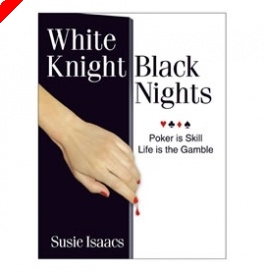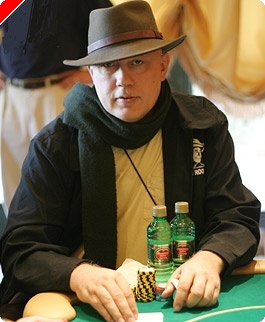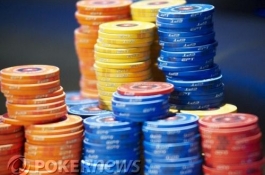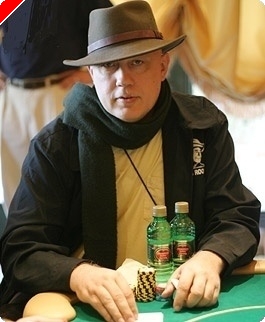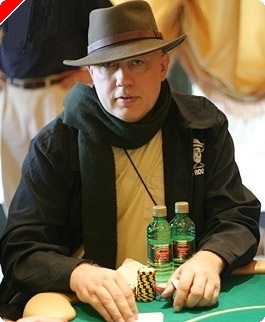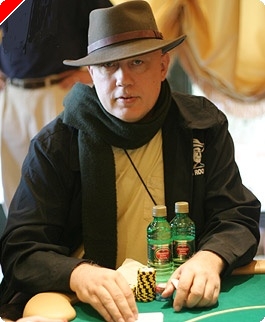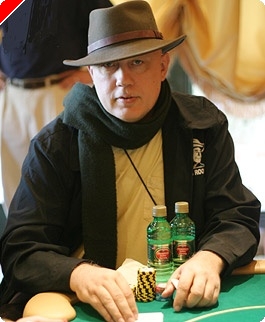Inside the Tour, Vol. 85: Inside 'The Book of Bluffs'
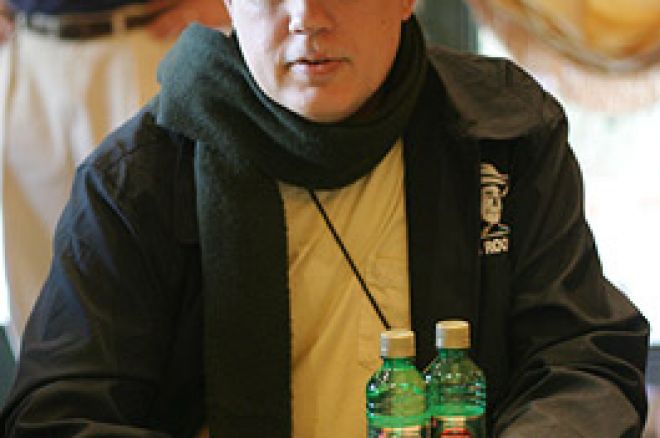
I have hundreds of poker books in my library and most of them are not very good, in my opinion. I am trying to recommend a few good books to put on your shelves, though, and that has made me re-examine some titles that had gone into the "suspect" bin because of harsh reviews and the comments of others. However, one of the books that came out rather well upon closer look was Matt Lessinger's The Book of Bluffs (Time/Warner, 2005). This book has a catchy title, of course, but so have a lot of the books that I don't care for; at some point one has to open them and look at the contents.
It's true that I can't neatly summarize this book, as it's hard to put this information and description of played hands together in one package. It does have the description of some truly key hands, along with the comments and thoughts of some of the participants. What one does in the heat of the moment and how it is described are not always the same (for example, the Farha-Moneymaker hand from the 2003 WSOP), but any commentary is quite interesting. Thinking about both what is said and the greater situation will give anyone some hours of reflection.
I played multiple hours with Moneymaker down the stretch run of his winning the WSOP title and had some observations of him that are relevant. I didn't feel that he always knew where he was in a hand, but he possessed strength of observation that is rarely surpassed. Furthermore, he had the willingness and courage to act on those insights. For example, at the final table with a big blind of 30,000 and five participants left in the 2003 WSOP championship Dan Harrington raised to 90,000 with a pair of fours and Moneymaker called with A♠2♠ — a suspect call at best, as other players have yet to act and his hand is easily dominated. It is hard to find any hand that Dan might raise with where Moneymaker's A-2 is the favorite!
This is an example of "not knowing". Next, Tomar Benvenisti moved all-in from the little blind with J♥10♦ for his last 520,000 — not an insignificant bet and clearly an excellent play. Harrington mucked but Chris stared him down and he squirmed like an amateur, and Moneymaker followed his observation by calling. Having to call only 20% of his stack helped, but most professional players would never be in that spot, and even if they were they wouldn't be able to pull the trigger and call. In my own experience the guy might be squirming around and hold two tens that he is uncomfortable with — or, in this case, A-Q suited.
A lot of the excitement arrives in poker because someone is bluffing. We get paid to sit around the campfire and tell tall tales. Well, truth be known, it is too simple for mere words—the best liar often is the biggest winner. Rather shocking, eh? In what other game are you rewarded for lying? In fact in most tournaments if you talk about your hand you aren't allowed to tell the truth. You can say anything else about it, but not the truth!
I argued with Genoa_St (an online player of note) about this book when it came out and I can't agree with everything he said, but I will accept the fact that I missed the mark on this book. Its real value is in something that it does for any player, it makes one think ahead, to recognize situations that present themselves and to then take advantage of the opportunity that most can't possibly recognize at the moment it arises, from lack of experience at "thinking on their feet". Many opportunities to take the pot present themselves, and most go by quietly.
What I spent the most time arguing about was that Matt calls poker gambling, and thinks his viewpoint is cut and dried! Whereas any professional will tell you that with any turn of the cards anything can and does happen, they will also tell you that it would be surprising if the amateur is ahead of him at the end of the week. I have spent my quarters on this argument already so let your own experience give you the answers you seek.
Another criticism of Matt's book is that it includes a lot of talk about limit games. I believe this to be true, but unimportant.
He is also criticized for not placing enough value on semi-bluffing. I have to wonder if reviewers read this book through to even say such a thing! There are many examples of semi-bluffing, in both limit and in no-limit. Now, I might think semi-bluffing has more value in limited games, but it is not missing from the examples of no-limit hold'em action given, either. The fact that he didn't use the term means little to me, beyond the curiosity of not pointing it out — perhaps he didn't want his readers distracted by hoping to make real hands? After all made hands don't lead to, and aren't, bluffs.
Lessinger starts with basic bluffing situations but he proceeds to more complex examples as the book moves along. Having this book on your shelf will never be a disgrace, and it covers an important part of poker. Think through the situations and add considerable value to your result! It doesn't matter that he begins with situations that you might already understand and have a plan for. What does matter is to understand the psychology that stands behind the actions of the bluffs Lessinger recounts.
Until next time…play good and get lucky.


